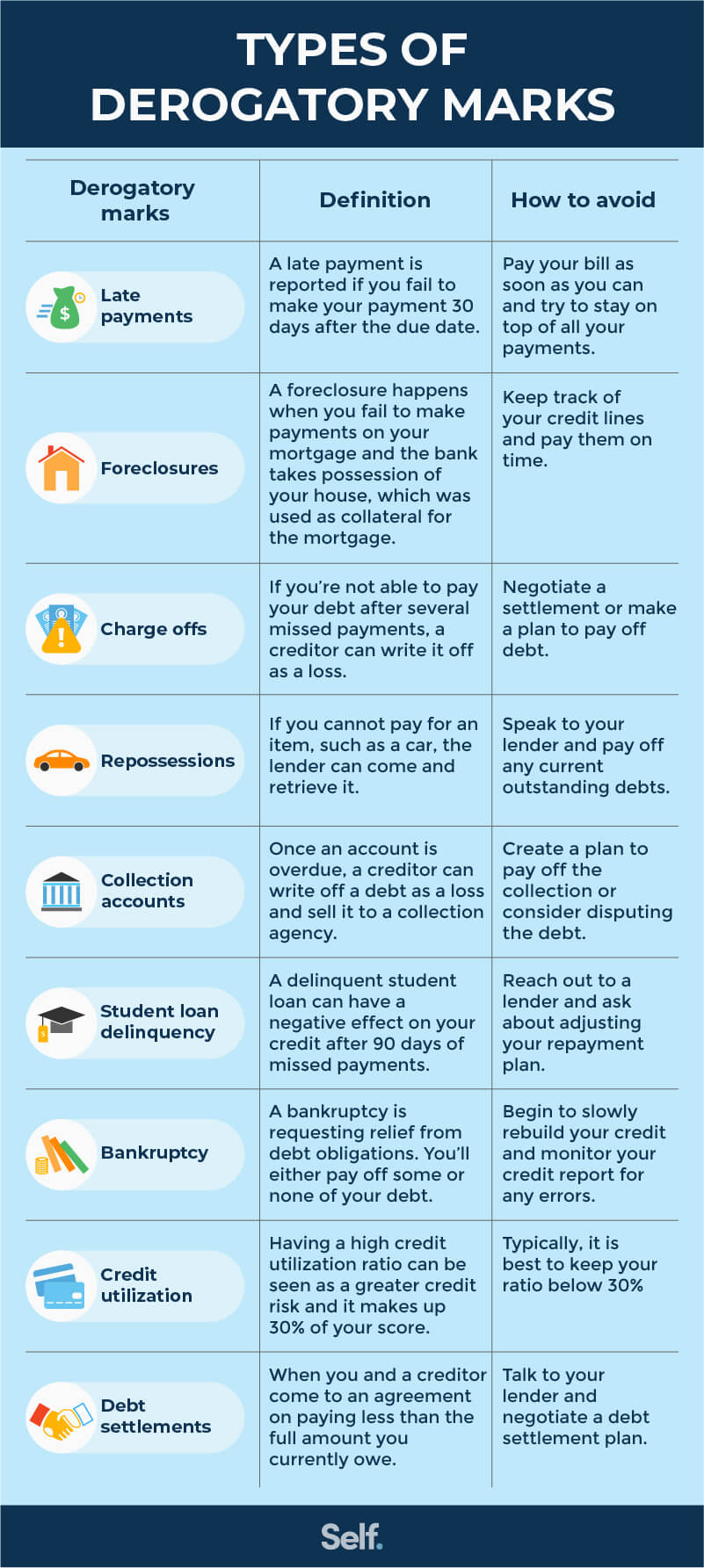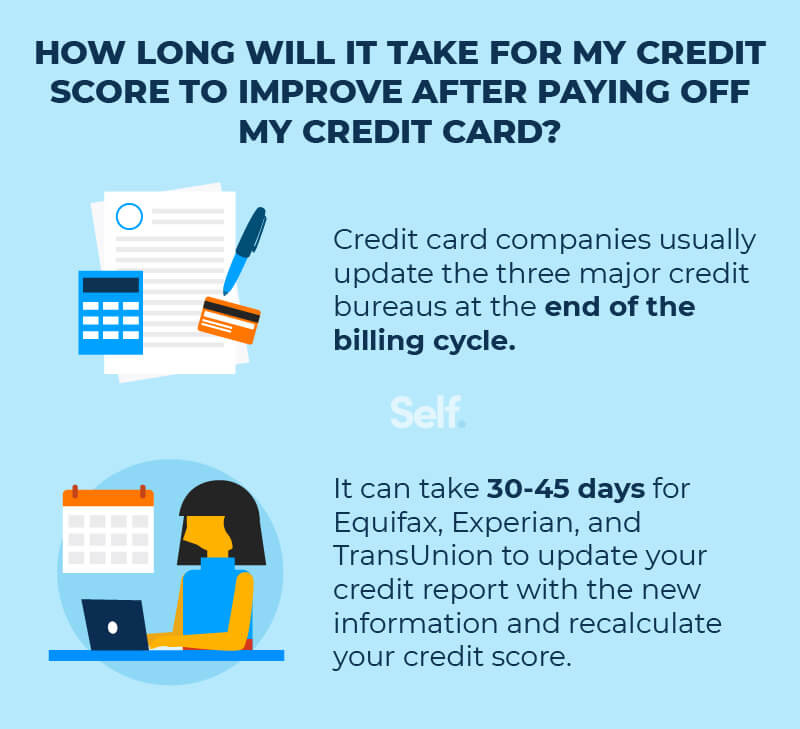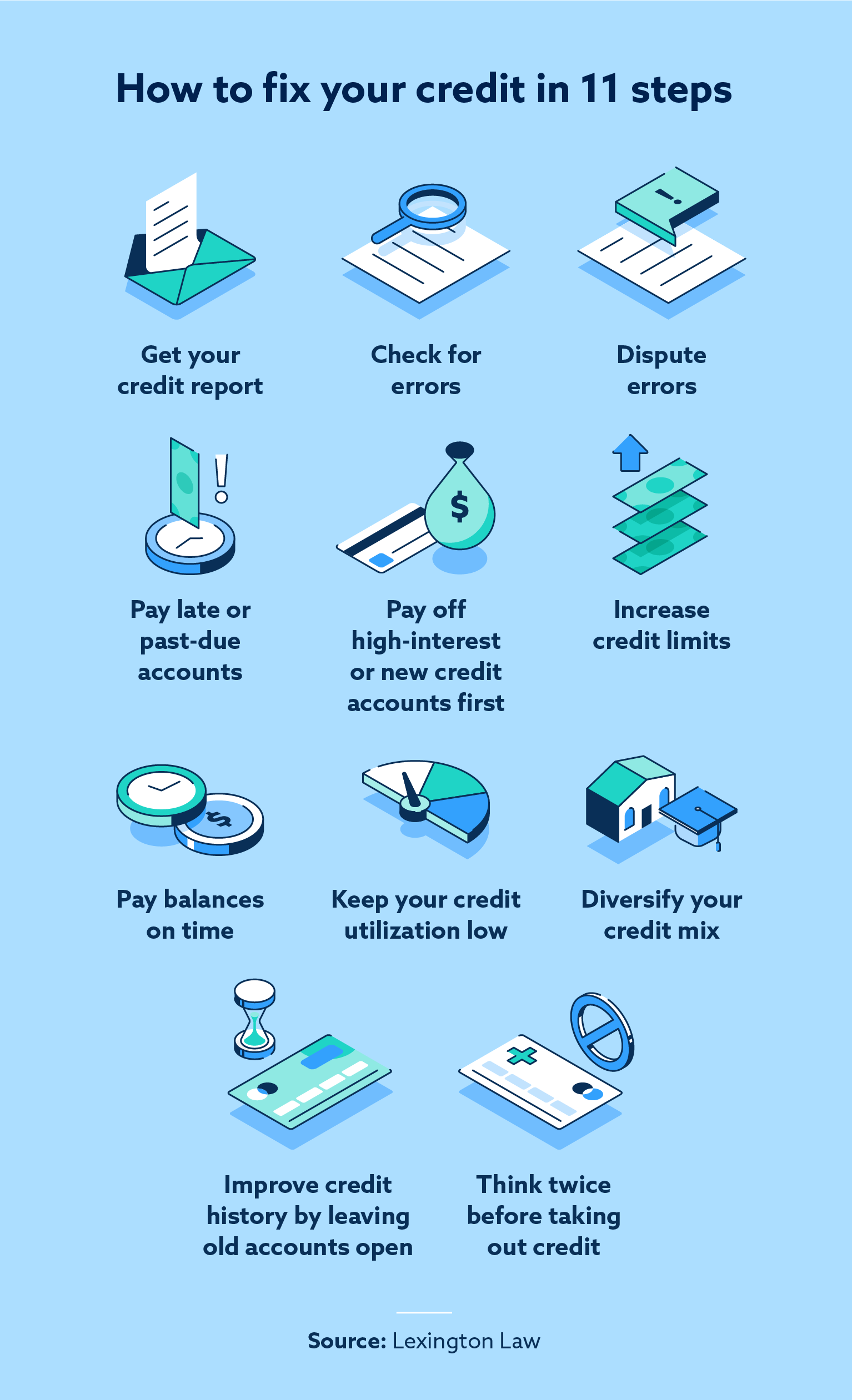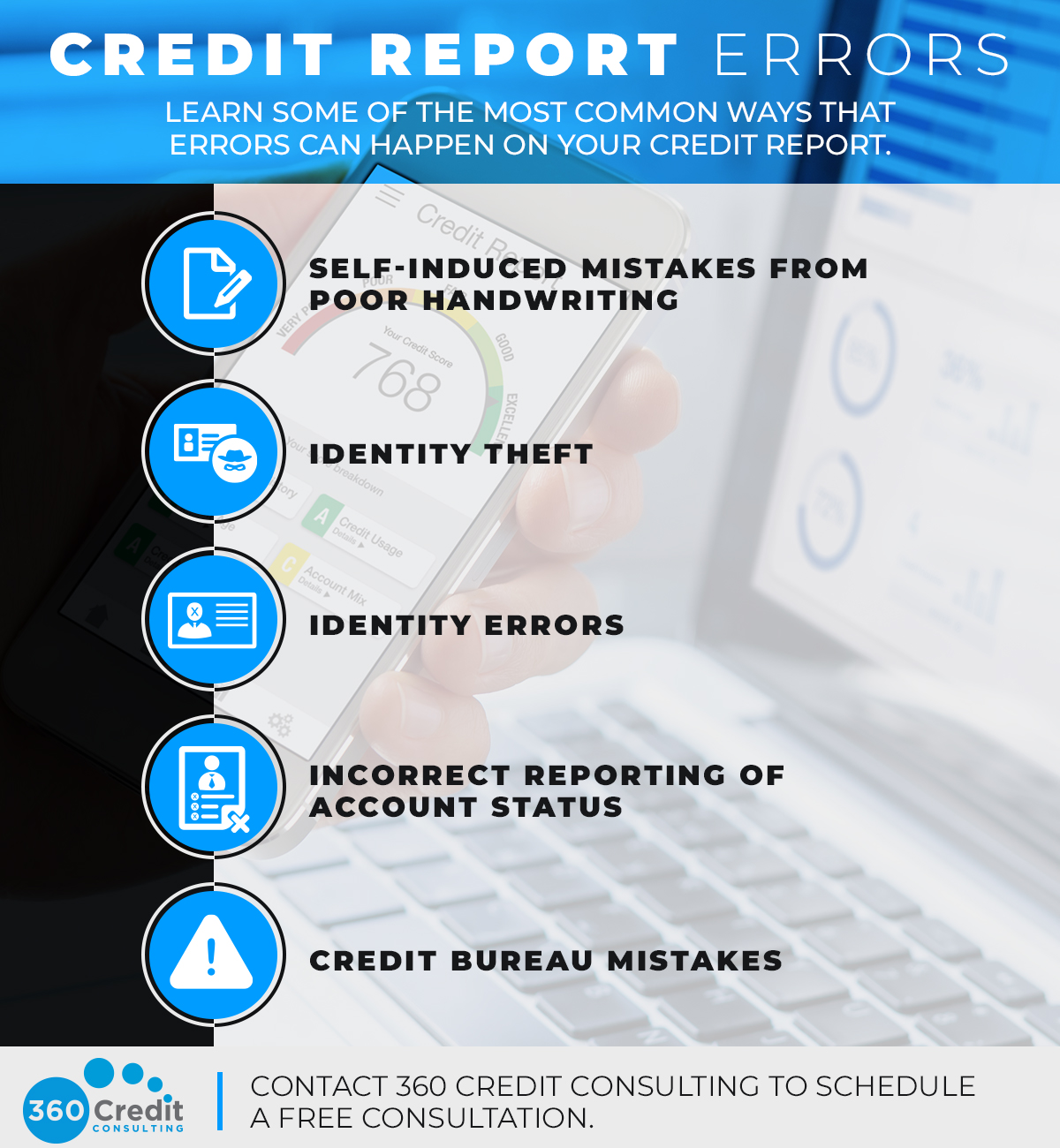Home Equity Line Of Credit Variable Vs Fixed: Get The Main Difference In 2023
A home equity line of credit (HELOC) is a popular borrowing option for homeowners looking to access the equity in their homes. However, choosing between a variable or fixed rate HELOC can be a daunting task. In this article, we will explore the differences between variable and fixed rate HELOCs and help you make an informed decision on which option is best for you. So, let’s dive in and explore the world of HELOCs!
| Variable Home Equity Line of Credit | Fixed Home Equity Line of Credit |
|---|---|
| A variable home equity line of credit (HELOC) has an interest rate that can fluctuate over time. The rate is often tied to the prime rate or another benchmark rate. This means that your monthly payment can change based on the current interest rate. If the rate goes up, your payment will also increase. | A fixed home equity line of credit (HELOC) has an interest rate that stays the same for the life of the loan. This means that your monthly payment will not change, regardless of any changes in interest rates. This can provide you with peace of mind and more predictable payments. |
| Variable HELOCs often have lower interest rates than fixed HELOCs, particularly at the beginning of the loan term. This can make them a good choice if you are planning to pay off the loan quickly or if you think interest rates will stay low. | Fixed HELOCs typically have higher interest rates than variable HELOCs, but they provide more stability and predictability. This can make them a good choice if you are on a fixed income or if you want to budget for a specific monthly payment. |
| With a variable HELOC, you may be able to access more funds over time if the value of your home increases. This is because the amount you can borrow is often tied to the equity in your home. If your home’s value goes up, you may be able to access more funds. | With a fixed HELOC, you know exactly how much you can borrow from the start. This can make it easier to plan for things like home renovations or debt consolidation. |
In summary, a variable HELOC can provide lower interest rates and the potential for accessing more funds over time, but with the risk of fluctuating payments. A fixed HELOC can provide stability and predictability with a higher interest rate and a fixed borrowing amount.
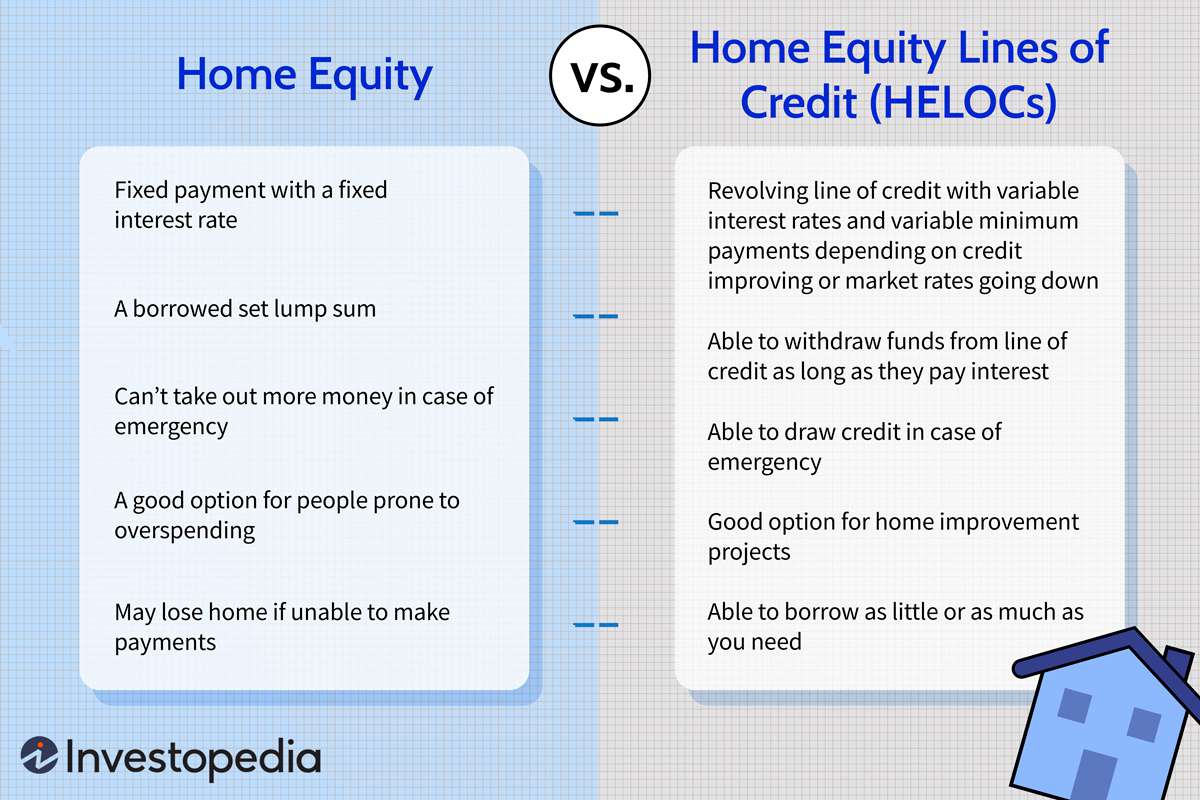
Home Equity Line Of Credit Variable Vs Fixed: Comparison Chart
| Home Equity Line of Credit Variable | Home Equity Line of Credit Fixed | |
|---|---|---|
| Interest Rate | Variable interest rate that fluctuates based on market conditions and the prime rate | Fixed interest rate that remains the same for the life of the loan |
| Initial Rate | May be lower than fixed rate, but can increase over time | May be higher than variable rate, but remains the same for the life of the loan |
| Payment Amount | May increase or decrease based on changes in interest rates | Remains the same for the life of the loan |
| Risk | Higher risk due to potential interest rate fluctuations | Lower risk due to fixed interest rate |
| Flexibility | More flexible, as borrowers can borrow and pay back as needed | Less flexible, as borrowers must take out a lump sum of money at the beginning of the loan |
| Cost | May be lower initially, but may increase over time | May be higher initially, but remains the same for the life of the loan |
Sure, I can help you with that. Here is an example of how you can structure your article:
Home Equity Line of Credit: Variable vs Fixed
What is a Home Equity Line of Credit?
A Home Equity Line of Credit, or HELOC, is a type of loan that allows you to borrow against the equity you have in your home. It is a revolving line of credit, which means you can borrow up to a certain amount and then pay it back as you need to.
HELOCs typically have a variable interest rate, which means the rate can change over time based on market conditions. However, some lenders offer fixed-rate HELOCs as well.
Benefits of a Variable-Rate HELOC
One of the main benefits of a variable-rate HELOC is that the initial interest rate is often lower than a fixed-rate HELOC. This can be particularly advantageous if you plan to pay off the loan quickly, as you may be able to save money on interest charges.
Variable-rate HELOCs also have the potential to save you money over the long term if interest rates decrease. However, it’s important to keep in mind that the opposite is also true – if interest rates increase, your payments could become more expensive.
Another benefit of a variable-rate HELOC is that you may be able to borrow more money than you would with a fixed-rate HELOC, as lenders are often willing to extend larger credit lines with variable-rate loans.
Drawbacks of a Variable-Rate HELOC
One of the main drawbacks of a variable-rate HELOC is the uncertainty of the interest rate. If rates increase, your monthly payments could become unaffordable, which could put your home at risk of foreclosure.
Variable-rate HELOCs are also more difficult to budget for, as your monthly payments can fluctuate based on market conditions. This can make it harder to plan and manage your finances.
Finally, variable-rate HELOCs can be more complex than fixed-rate HELOCs, which means it’s important to carefully read and understand the terms of the loan before signing up.
Benefits of a Fixed-Rate HELOC
One of the main benefits of a fixed-rate HELOC is the predictability of the monthly payments. With a fixed-rate loan, your interest rate and monthly payment will remain the same throughout the life of the loan, which can make it easier to budget for and manage your finances.
Fixed-rate HELOCs are also less risky than variable-rate loans, as you don’t have to worry about sudden increases in your monthly payment. This can provide peace of mind and financial stability.
Finally, fixed-rate HELOCs can be a good option if you plan to use the loan for a specific purpose, as you can calculate the total cost of the loan upfront and budget accordingly.
Drawbacks of a Fixed-Rate HELOC
One of the main drawbacks of a fixed-rate HELOC is that the interest rate is often higher than a variable-rate loan. This can make the loan more expensive in the short term, which may not be ideal if you plan to pay it off quickly.
Fixed-rate HELOCs also typically have lower credit limits than variable-rate loans, which means you may not be able to borrow as much money as you need.
Finally, fixed-rate HELOCs may not be as flexible as variable-rate loans, as you may not be able to take advantage of lower interest rates if they become available.
When deciding between a variable-rate and fixed-rate HELOC, it’s important to consider your financial situation and goals. If you are comfortable with some uncertainty and want the potential to save money on interest charges, a variable-rate HELOC may be a good option. However, if you value predictability and stability, a fixed-rate loan may be the better choice.
Home Equity Line of Credit Variable vs Fixed Pros & Cons
Pros of Home Equity Line of Credit Variable
- Lower initial interest rate compared to fixed rate
- Flexibility to borrow only what you need, when you need it
- Ability to make interest-only payments during the draw period
- Potential for lower monthly payments during the draw period
Cons of Home Equity Line of Credit Variable
- Interest rate can increase, leading to higher monthly payments
- Payments can be unpredictable and may fluctuate with changes in interest rates
- May not be a good option for those who prefer stable, predictable payments
- May not be ideal for long-term borrowing needs
Pros of Home Equity Line of Credit Fixed
- Stable, predictable payments for the life of the loan
- Ability to lock in a low interest rate for the entire term of the loan
- May be a better option for those with long-term borrowing needs
- May be a better option for those who prefer stability over flexibility
Cons of Home Equity Line of Credit Fixed
- Higher initial interest rate compared to variable rate
- No flexibility in payment amounts or timing
- Potential for higher monthly payments compared to variable rate
- Potential for penalty fees if you pay off the loan early
Final Decision: Home Equity Line of Credit Variable vs Fixed
After careful consideration and analysis, it is evident that the better option between home equity line of credit variable and fixed is dependent on the individual’s financial goals and risk tolerance.
For individuals seeking stability and predictability in their payments, a fixed home equity line of credit is the better option. The interest rate remains constant throughout the loan term, and borrowers can budget their payments accordingly.
On the other hand, individuals who are comfortable with fluctuating payments and are willing to take on more risk may prefer a variable home equity line of credit. The interest rate is tied to the market and can increase or decrease over time, potentially resulting in lower payments or increased savings.
In summary, the decision between a home equity line of credit variable and fixed ultimately comes down to individual preference and financial goals. It is recommended that individuals thoroughly research and compare the options before making a final decision.
Reasons for Choosing the Final Winner Product
- Stability and predictability in payments
- Flexibility and potential for savings
- Individual preference and financial goals
Frequently Asked Questions
The home equity line of credit (HELOC) is a type of loan that allows you to borrow against the equity in your home. It can be a great way to finance major purchases, such as home renovations or other large expenses. With a HELOC, you can choose between a variable or fixed rate loan, but it’s important to understand the differences between the two options before making a decision.
What is the difference between a variable and fixed rate home equity line of credit?
A variable rate HELOC typically has a lower interest rate than a fixed rate loan, but it also comes with greater risk. With a variable rate loan, the interest rate can change over time, which means your monthly payments can fluctuate. This can make budgeting difficult, as you can’t predict what your payments will be from month to month.
On the other hand, a fixed rate HELOC has a set interest rate that remains the same for the duration of the loan. This makes it easier to budget, as you know exactly what you’ll be paying each month. The downside is that the interest rate is generally higher than that of a variable rate loan, so you could end up paying more in the long run.
What are the advantages of a variable rate home equity line of credit?
One of the main advantages of a variable rate HELOC is that the initial interest rate is typically lower than a fixed rate loan. This means that you can save on interest in the short term. Additionally, if the market interest rates drop, so will your interest rate, meaning you could save even more.
Another advantage of a variable rate HELOC is that it can be easier to qualify for. Since the interest rate is lower, the loan amount you’re eligible for will be higher. This means that you may be able to borrow more money than you would with a fixed rate loan.
What are the advantages of a fixed rate home equity line of credit?
The biggest advantage of a fixed rate HELOC is that you know exactly what your payments will be each month. This makes budgeting easier, as you don’t need to worry about your payments changing over time. Additionally, the interest rate is usually lower than a variable rate loan, so you can save money in the long run.
Another advantage of a fixed rate loan is that it can help you build your credit score. Since your payments will remain the same each month, it’s easier to make on-time payments and improve your credit score. This can be beneficial if you need to take out other loans in the future.
What are the disadvantages of a variable rate home equity line of credit?
The main disadvantage of a variable rate HELOC is that the payments can fluctuate over time. This makes budgeting difficult, as you can’t predict what your payments will be from month to month. Additionally, if market interest rates increase, so will your interest rate, meaning you could end up paying more in the long run.
Another disadvantage of a variable rate HELOC is that the initial interest rate is typically higher than a fixed rate loan. This means that you’ll have to pay more in interest in the short term. Additionally, you may be eligible for a lower loan amount than you would with a fixed rate loan.
What are the disadvantages of a fixed rate home equity line of credit?
The main disadvantage of a fixed rate HELOC is that the interest rate is typically higher than a variable rate loan. This means that you’ll be paying more in interest in the long run. Additionally, the loan amount you’re eligible for may be lower than with a variable rate loan.
Another disadvantage of a fixed rate HELOC is that it can be more difficult to qualify for. Since the interest rate is higher, you may not be eligible for as much money as you would with a variable rate loan. This can make it more difficult to finance major purchases.
Conclusion
In conclusion, choosing between a fixed or variable home equity line of credit ultimately comes down to personal preference and financial goals. A fixed rate HELOC provides stability and predictability, allowing you to plan your finances accordingly. On the other hand, a variable rate HELOC offers the potential for lower interest rates and may be a better option for those who plan to pay off their debt quickly.
It’s important to do your research and consider your individual financial situation before making a decision. Consult with a financial advisor or lender to determine which option is best for you and your specific needs. A home equity line of credit can be a valuable tool for accessing funds and managing your finances, and choosing the right type of HELOC can make all the difference in achieving your financial goals.

